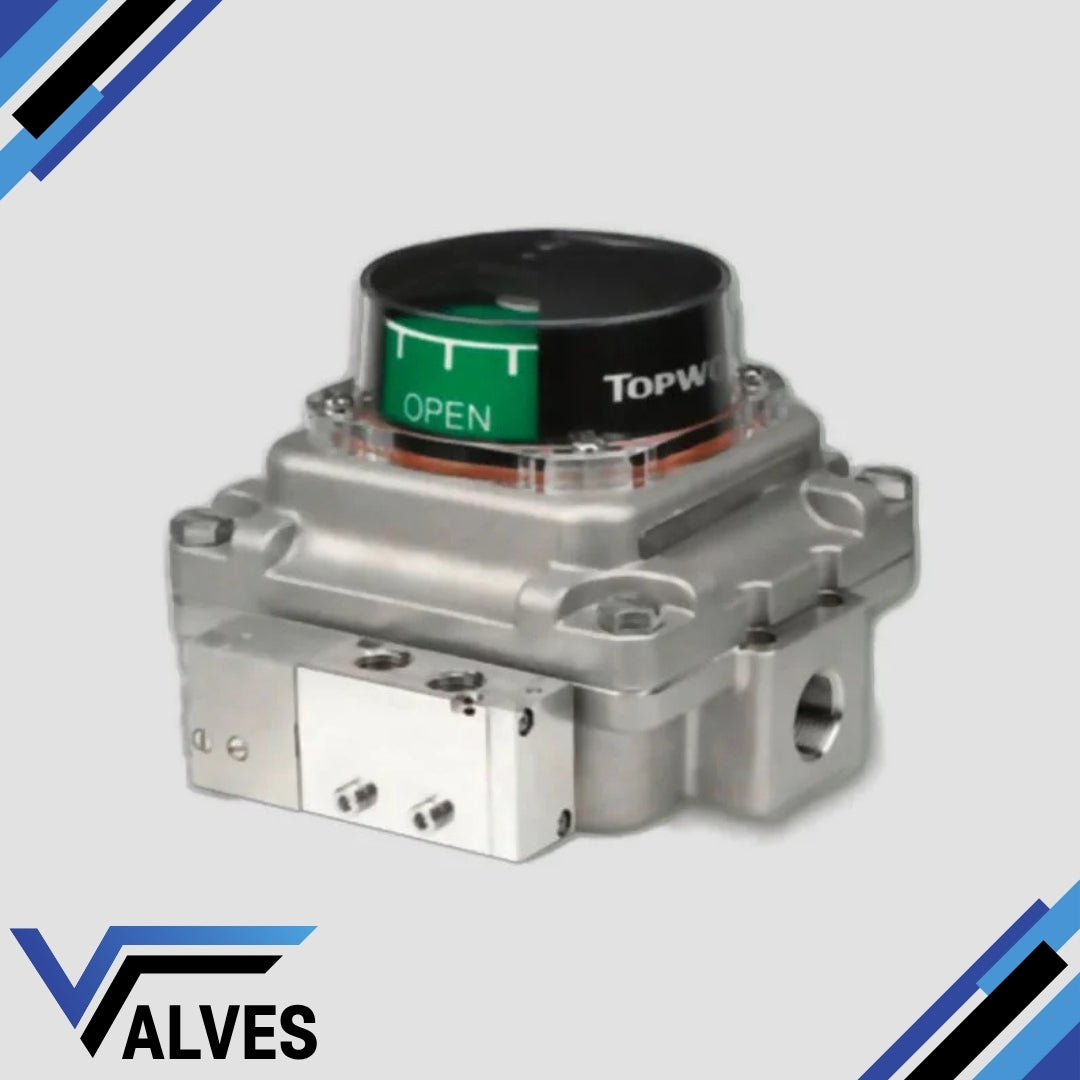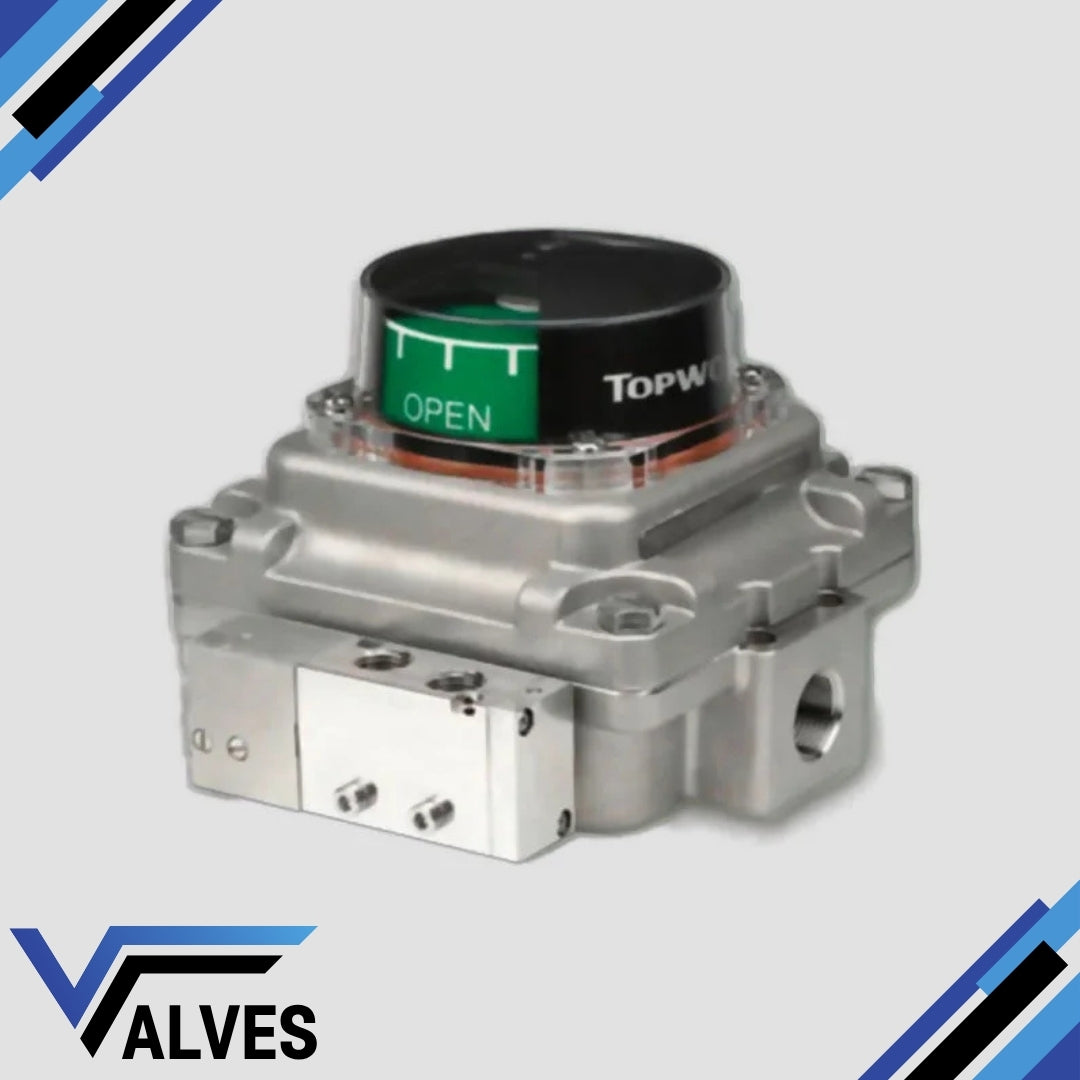Topworx Switchboxes
TopWorx Limit Switch Box TXS-D20GMMM Valve Monitor
TopWorx Limit Switch Box TXS-D20GMMM Valve Monitor
Couldn't load pickup availability
The TopWorx TXS-D20GMMM is a high-performance valve monitor designed for use in harsh industrial environments. Engineered with precision, this device provides reliable position feedback for automated valves, ensuring seamless integration into control systems. With its robust construction and globally recognised certifications, the TXS-D20GMMM is suitable for applications in demanding areas, including hazardous locations.
Key Features
- Durable Build: Built to withstand extreme temperatures and challenging environments, with a temperature operating range of -40°C to 85°C.
- GO Switch Technology: The unit utilizes the innovative GO™ Switch technology, offering reliable, power-free operation with no voltage drop or leakage.
- Global Certifications: The TXS-D20GMMM carries certifications like ATEX and IECEx, making it suitable for use in explosive atmospheres.
- Sealed Contacts: Designed with sealed contacts to ensure longevity and protection from dust, moisture, and other contaminants.
- Wide Range Compatibility: Offers support for both linear and rotary valve applications with customisable set points.
Additional Information
The TopWorx TXS series, including the TXS-D20GMMM model, provides real-time feedback for the valve's open or closed position using visual indication and electrical signals. Its non-contact detection system eliminates wear and tear, improving the product's lifespan and ensuring maintenance-free operation. The device is designed to meet the highest standards of safety and performance in industries such as oil and gas, chemical processing, and power generation.
Share

FAQ's
What is the difference between a valve and an actuator?
What types of actuators are available?
The main types of actuators are:
Pneumatic actuators – use compressed air for fast, reliable operation.
Electric actuators – use electrical power for precise control.
Hydraulic actuators – use fluid pressure for high-torque applications.
Each type offers unique advantages depending on the environment, media, and system control needs.
How do I choose the right actuator for my valve?
To select the correct actuator, consider:
Valve type and torque requirement
Power source available (air, electric, or hydraulic)
Operating environment (temperature, humidity, hazardous area)
Control signal type (on/off or modulating)
Matching actuator torque and compatibility with the valve’s ISO mounting ensures reliable performance.
What are the main types of valves used in automation?
The most common valves in automated systems include:
Ball valves – for tight shutoff and quick operation.
Butterfly valves – for larger flow control with compact design.
Globe valves – for precise throttling and flow regulation.
Check valves – to prevent backflow.
Gate valves – for full bore flow isolation.
What’s the difference between a double-acting and spring-return actuator?
Double-acting actuators use air (or power) to both open and close the valve.
Spring-return actuators use air to open (or close) the valve, and a built-in spring to automatically return it to a safe position when power or air is lost — ideal for fail-safe operation.
How often should valves and actuators be serviced?
Regular maintenance intervals depend on operating conditions, but a good rule of thumb is to inspect every 6–12 months.
This includes checking for leaks, lubrication, seal wear, and actuator responsiveness to prevent unexpected downtime.

